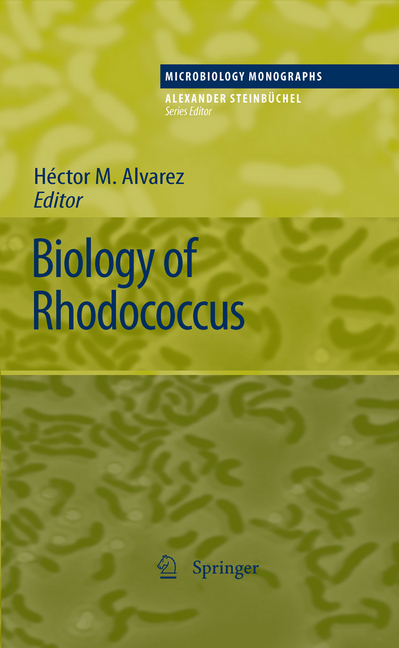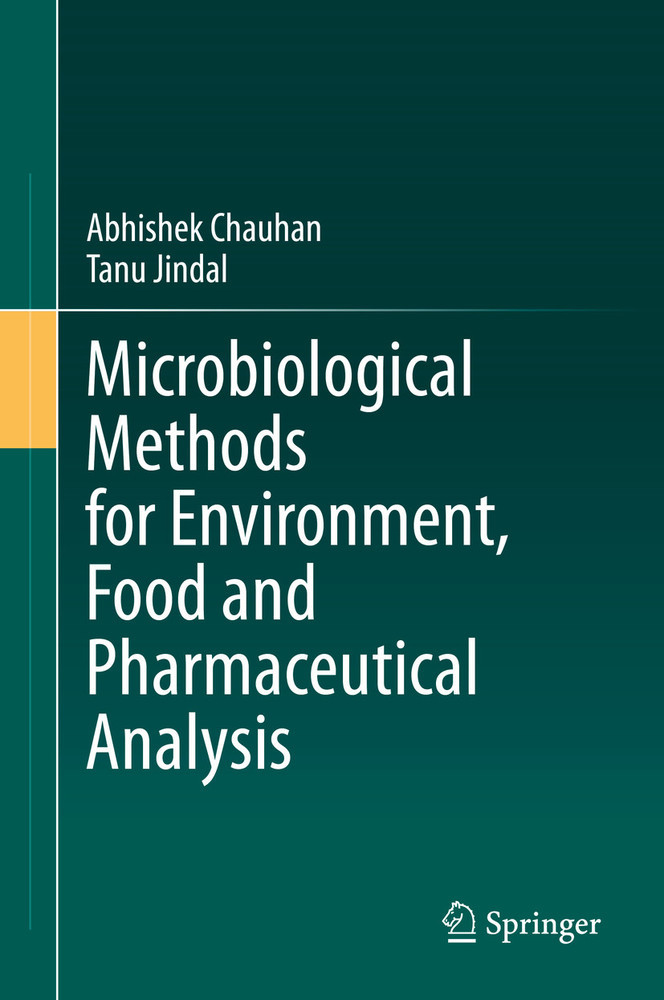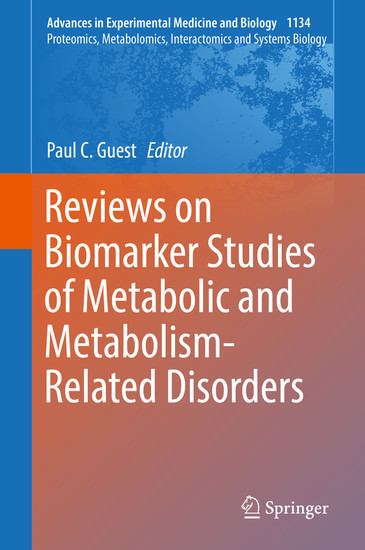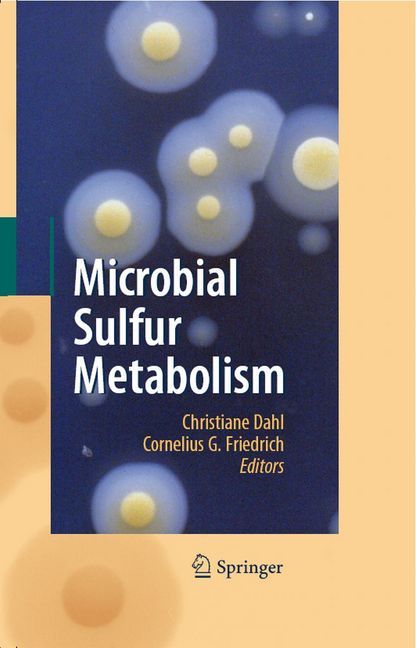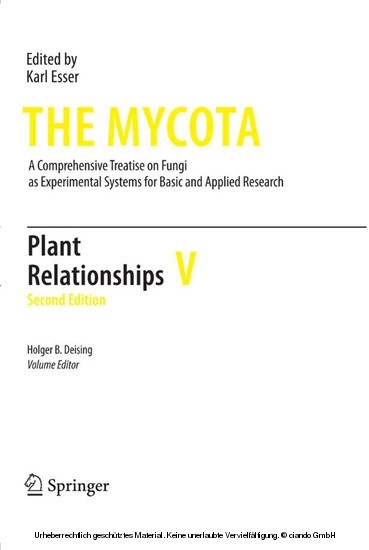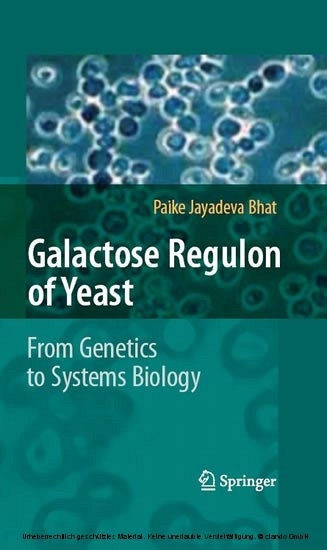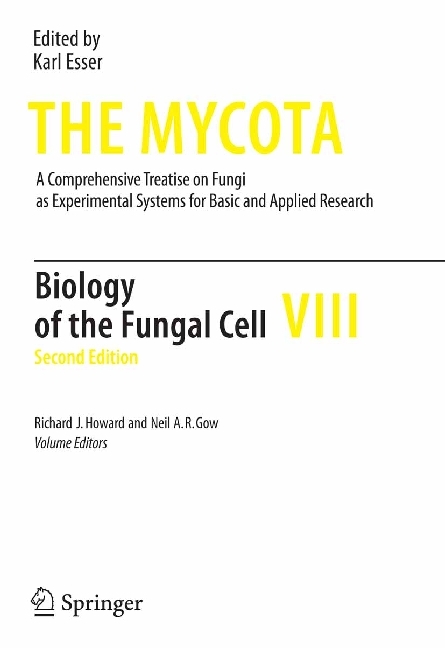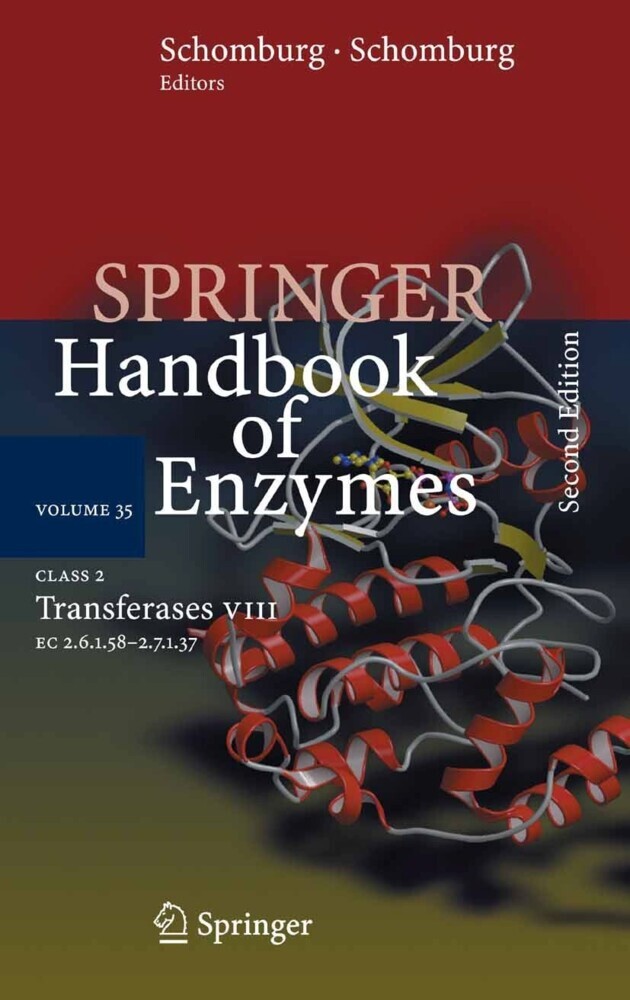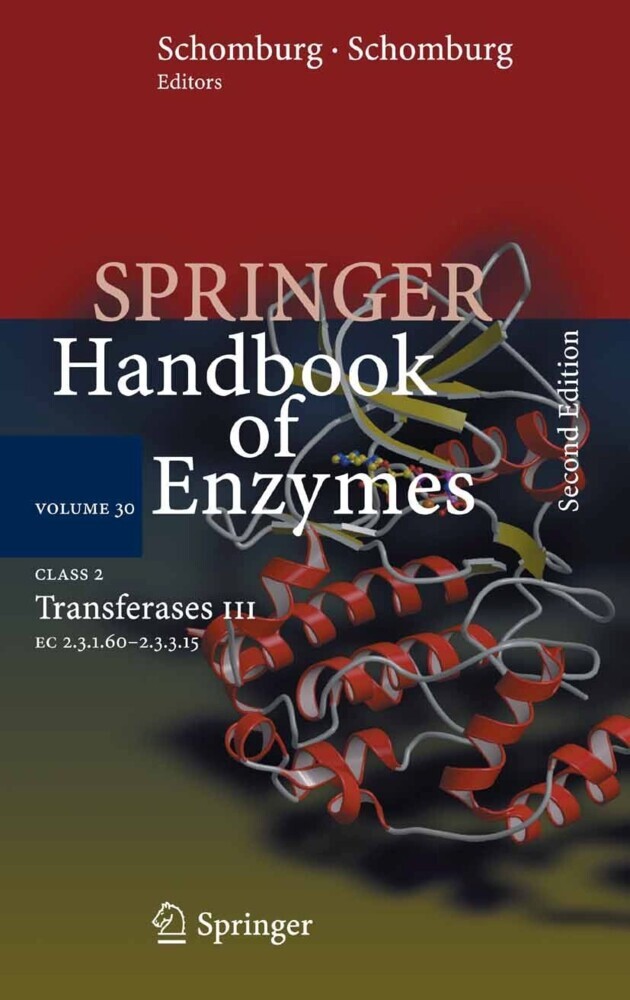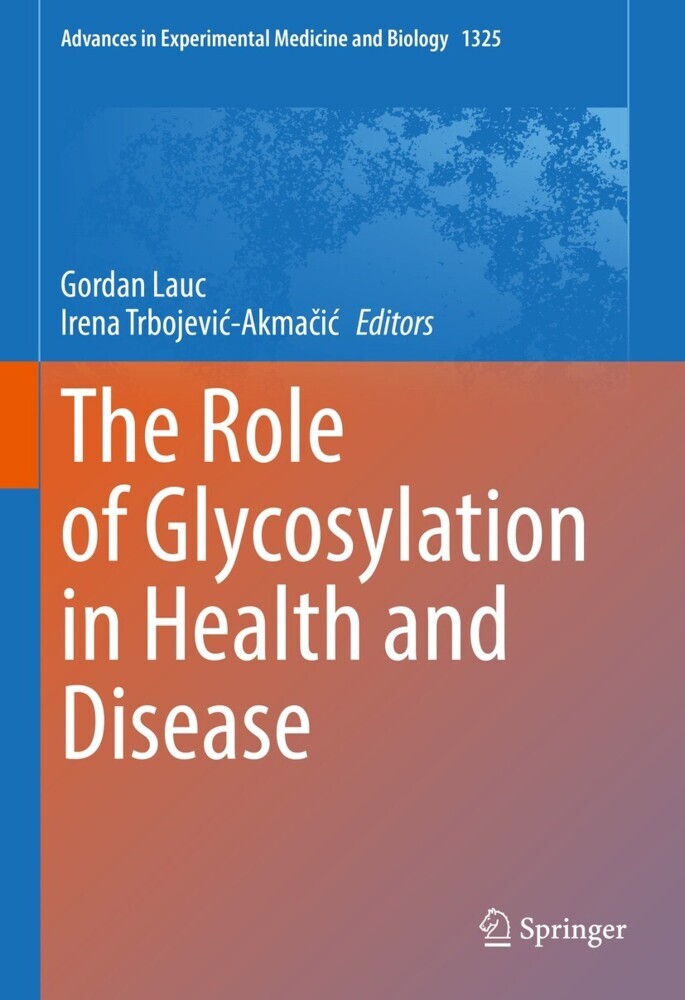Biology of Rhodococcus
Rhodococcus, a metabolically versatile actinobacteria which is frequently found in the environment, has gained increasing interest due to its potential biotechnological applications. This Microbiology Monographs volume provides a thorough review of the various aspects of the biochemistry, physiology and genetics of the Genus Rhodococcus. Following an overview of its taxonomy, chapters cover the structural aspects of rhodococcal cellular envelope, genomes and plasmids, metabolic and catabolic pathways, such as those of aromatic compounds, steroids and nitriles, and desulfurization pathways, as well as the adaption to organic solvents. Further reviews discuss applications of Rhodococcus in the bioremediation of contaminated environments, in triacylglycerol accumulation, and in phytopathogenic strategies, as well as the potential of biosurfactants. A final chapter describes the sole pathogenic Rhodococcus member, R. equi.
1;Biology of Rhodococcus;3 1.1;Preface;5 1.2;Contents;7 1.3;Contributors;9 1.4;Systematics of Members of the Genus Rhodococcus (Zopf 1891) Emend Goodfellow et al. 1998;13 1.4.1;1 Introduction;14 1.4.2;2 The Past: A Brief History of the Genus Rhodococcus: A Red Coccus;15 1.4.3;3 Current Systematics;18 1.4.3.1;3.1 The Genus Rhodococcus;18 1.4.3.2;3.2 Current Species of Rhodococcus;20 1.4.4;4 Ecology of Rhodococcus spp.;22 1.4.5;5 Identifying New Rhodococcus Species;22 1.4.6;6 Tidying Up Rhodococcus Systematics;23 1.4.7;7 The Future of Rhodococcus Systematics;25 1.4.8;8 Note Added in Proof;30 1.4.9;References;32 1.5;The Rhodococcal Cell Envelope: Composition, Organisation and Biosynthesis;41 1.5.1;1 Introduction;42 1.5.2;2 Cell Envelope Composition in the Genus Rhodococcus: Covalently Associated Components;42 1.5.2.1;2.1 Mycolic Acids;42 1.5.2.2;2.2 The Peptidoglycan-Arabinogalactan Complex;44 1.5.3;3 Organisation of the Rhodococcal Cell Envelope;46 1.5.4;4 Non-Covalently Associated Cell Envelope Components;49 1.5.4.1;4.1 Channel Forming Porins;49 1.5.4.2;4.2 Lipoglycans;50 1.5.4.3;4.3 Cell Envelope Lipids;51 1.5.4.4;4.4 Capsules and Cell Envelope Polysaccharides;52 1.5.4.5;4.5 Lipoproteins;53 1.5.5;5 Biosynthesis of Key Cell Envelope Components;54 1.5.5.1;5.1 Mycolic Acid Biosynthesis;55 1.5.5.2;5.2 Arabinogalactan Biosynthesis;59 1.5.5.2.1;5.2.1 Linker Unit Synthesis;60 1.5.5.2.2;5.2.2 Galactan Synthesis;61 1.5.5.2.3;5.2.3 Arabinan Synthesis;62 1.5.5.2.4;5.2.4 Macromolecular Ligation;65 1.5.5.3;5.3 LAM Biosynthesis;68 1.5.6;6 Concluding Comments;71 1.5.7;References;72 1.6;Genomes and Plasmids in Rhodococcus;84 1.6.1;1 Introduction;85 1.6.2;2 Historical Context of Studies on Rhodococcus Genetics;85 1.6.3;3 Overview of Rhodococcus Genomes;87 1.6.3.1;3.1 Genome Size and Variability;88 1.6.3.2;3.2 Plasmids - Role of Linear and Circular Plasmids;90 1.6.3.3;3.3 Mobile Genetic Elements and Genetic Instability;91 1.6.4;4 The Genetic Basis of Catabolic Capabilities;93 1.6.5;5 Gene Regulation and Expression;94 1.6.6;6 Concluding Remarks;96 1.6.7;References;96 1.7;Central Metabolism of Species of the Genus Rhodococcus;102 1.7.1;1 Introduction;103 1.7.2;2 Glycolytic Pathways;104 1.7.3;3 Glycogen Synthesis and the Link with the Central Metabolism;111 1.7.4;4 Gluconeogenesis and the Phosphoenolpyruvate- Pyruvate-Oxalacetate Node;111 1.7.5;5 The Tricarboxylic Acid Cycle;114 1.7.6;6 The Glyoxylate Pathway;114 1.7.7;7 Litoautotrophic Processes in Rhodococcus;115 1.7.8;8 Concluding Remarks;116 1.7.9;References;117 1.8;Adaptation of Rhodococcus to Organic Solvents;120 1.8.1;1 Introduction;121 1.8.1.1;1.1 Predicting Solvent Toxicity;121 1.8.1.2;1.2 Effect of Solvents on Bacterial Cells;123 1.8.2;2 Intrinsic Resistance to Organic Solvents;124 1.8.3;3 Adaptation Mechanisms to Organic Solvents;127 1.8.3.1;3.1 Adaptation of the Cell Wall and of the Cellular Membrane;128 1.8.3.2;3.2 Biocatalysis and Biodegradation of the Toxic Compound;131 1.8.3.3;3.3 Other Mechanisms of Protection;135 1.8.4;4 Application;137 1.8.5;References;137 1.9;Catabolism of Aromatic Compounds and Steroids by Rhodococcus;143 1.9.1;1 Introduction;144 1.9.2;2 Mononuclear Aromatic Compounds;146 1.9.2.1;2.1 Underlying Strategies of Aromatic Compound Catabolism in Rhodococci;147 1.9.3;3 Peripheral Versus Central Aromatic Pathways;149 1.9.3.1;3.1 Central Pathways;149 1.9.3.1.1;3.1.1 beta-Ketoadipate Pathway;150 1.9.3.1.2;3.1.2 Modified beta-Ketoadipate Pathways;152 1.9.3.1.3;3.1.3 Phenylacetate (Paa) Pathway;153 1.9.3.2;3.2 Peripheral Pathways;155 1.9.3.2.1;3.2.1 Biphenyl and Alkylbenzene Pathways;156 1.9.3.2.2;3.2.2 Phthalate and Terephthalate Pathways;157 1.9.4;4 Polymeric and Halogenated Aromatic Compounds;158 1.9.4.1;4.1 Lignin Degradation;158 1.9.4.2;4.2 Polyaromatic Hydrocarbons;161 1.9.4.3;4.3 Halogenated Aromatic Compounds;162 1.9.4.3.1;4.3.1 PCBs and PBDEs;162 1.9.5;5 Steroids;163 1.9.5.1;5.1 Uptake of Sterols;165 1.9.5.2;5.2 Side-Chain Degradation;166 1.9.5.3;5.3 Nucleus Degr
Alvarez, Héctor M.
| ISBN | 9783642129377 |
|---|---|
| Artikelnummer | 9783642129377 |
| Medientyp | E-Book - PDF |
| Copyrightjahr | 2010 |
| Verlag | Springer-Verlag |
| Umfang | 368 Seiten |
| Sprache | Englisch |
| Kopierschutz | Digitales Wasserzeichen |

